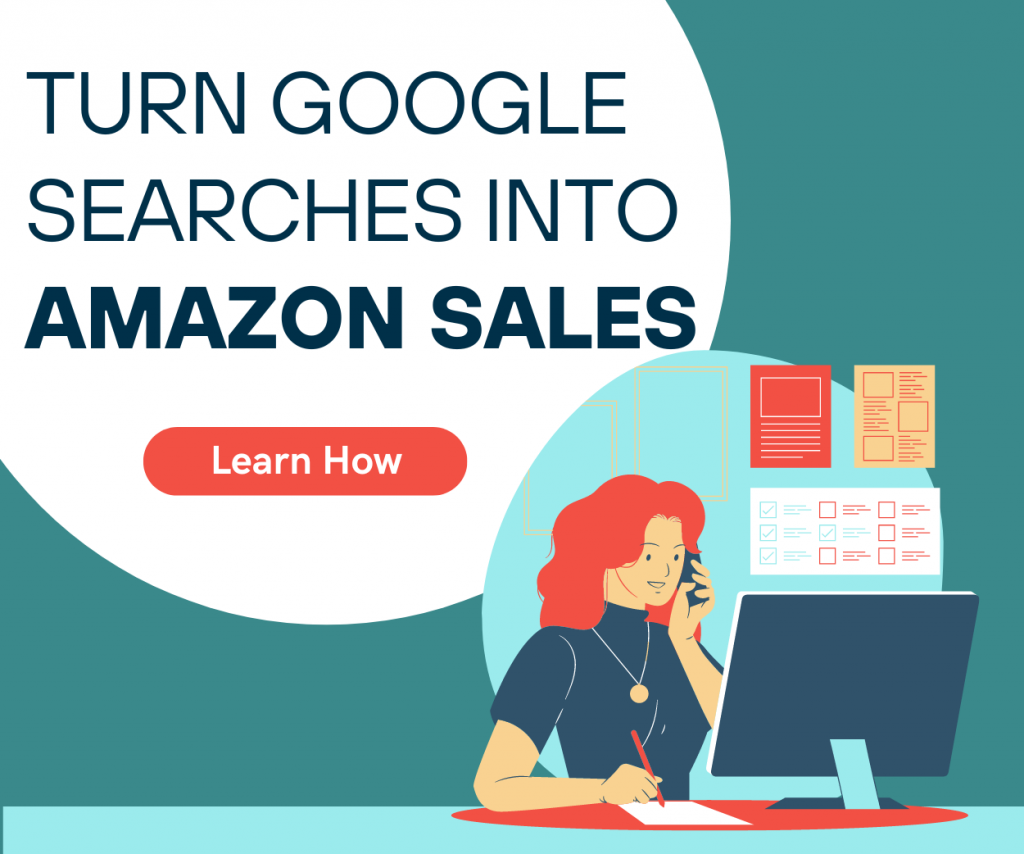With holiday season approaching advertisers plan to make optimal use of the rush and target customers to their business. This is the time that businesses can leverage their marketing strategies and help customers make shopping decisions from the myriad offers they are bombarded with. Marketers can take this opportunity to optimize their campaigns and maximize its impact on customers.
In the last week Google made few announcements on new features and has been testing new features to make advertisers benefit from the upcoming shopping season. Here are articles that help marketers plan better and optimally.
Embedding AdWords conversion tracking helps you figure out the ads that have resulted in a conversion, as defined by you. A conversion is an action such as a purchase made at your site or downloading an application, signing up for a newsletter or placing a query with a phone call etc.
Master in AdWords with the useful articles that discuss scripts to identify landing page errors, google shopping insights, tips to set up your account, simplified AdWords guide. Also learn about Gmail ads, instill trust in your PPC marketing campaign, mobile user experience with ads and more.
With mobile search witnessing an exponential growth, advertisers have started shifting their focus on conversions via mobile device. For companies who haven’t yet targeted mobile users or are still undergoing deciding where to invest their budget, can determine the website traffic device wise. If the data shows that mobile is routing credible traffic to the site you might think of pushing your ads more often on mobile devices. One of the best ways to do so is with the help of bid adjustments.




